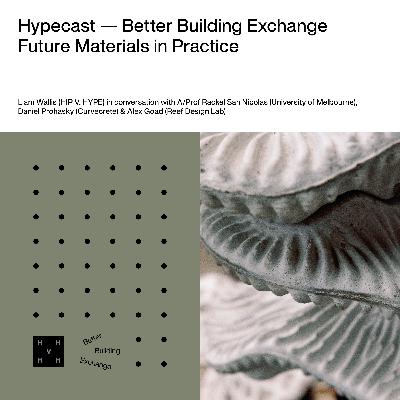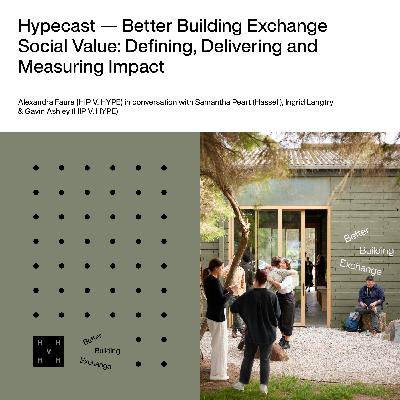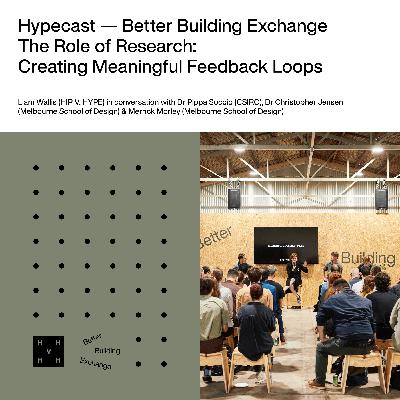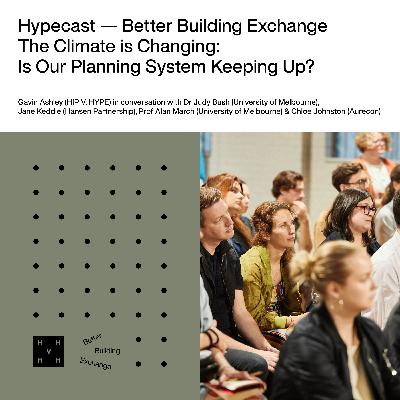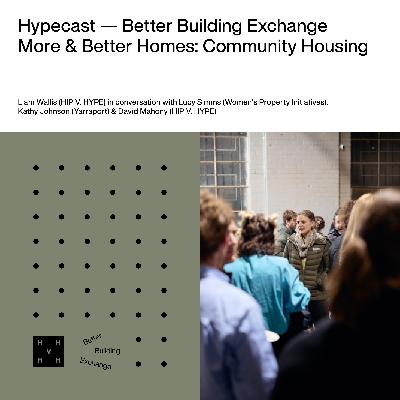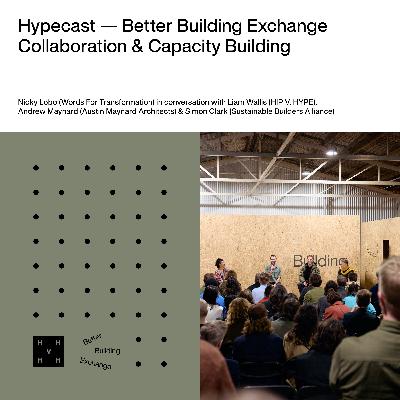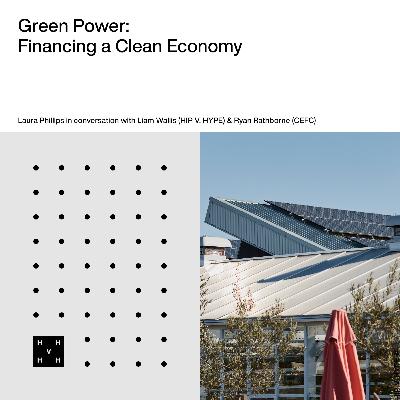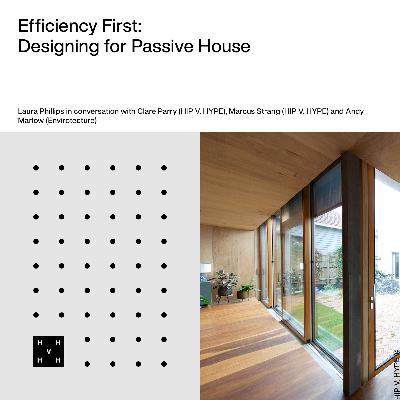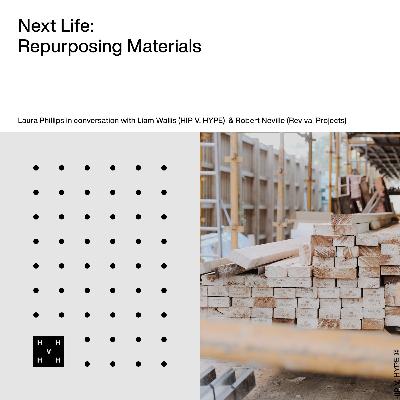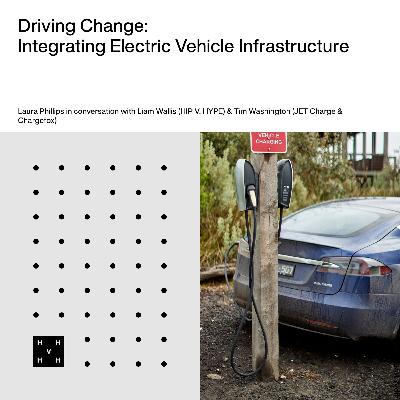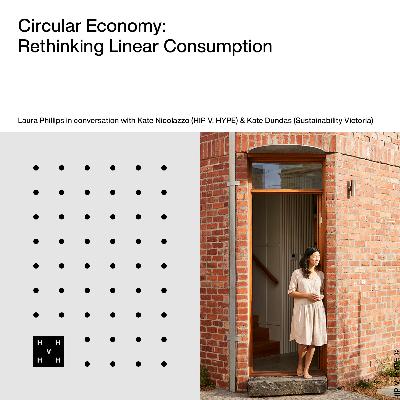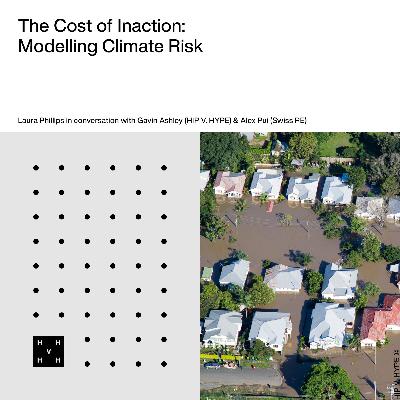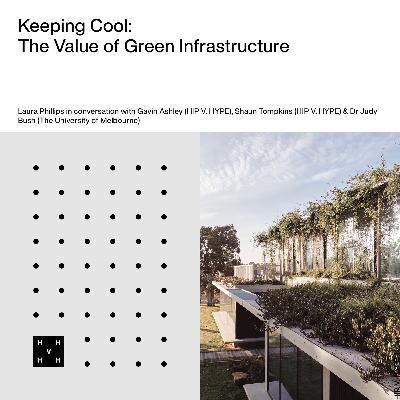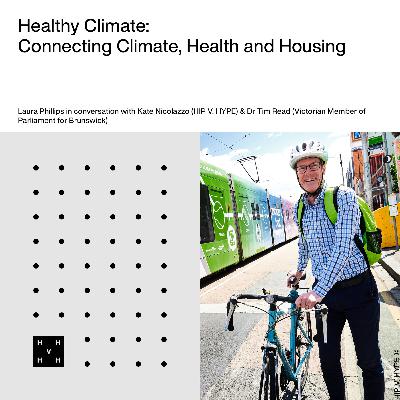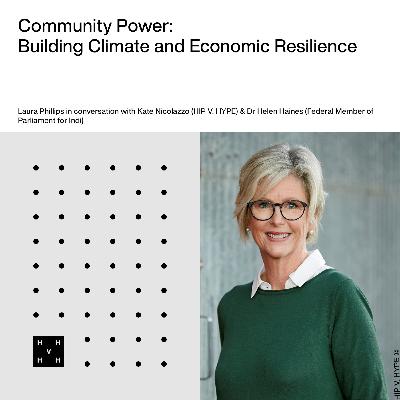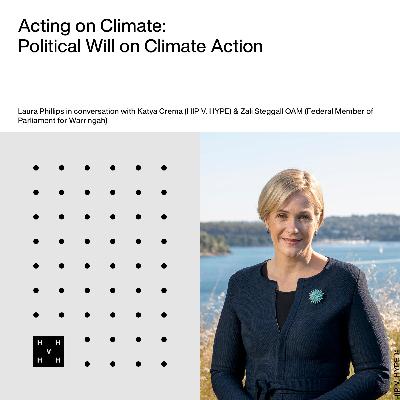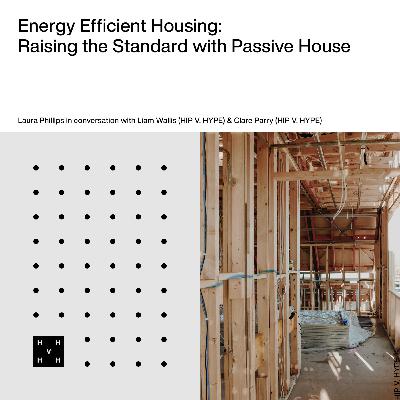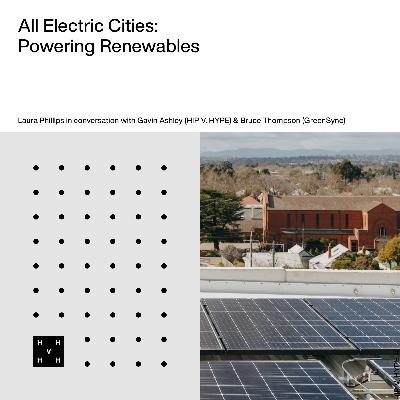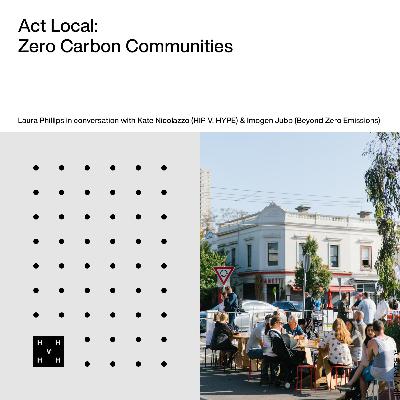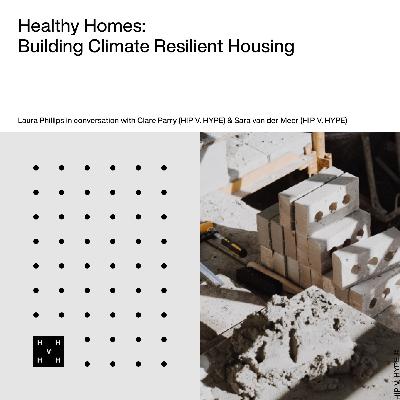
Hypecast
Author: HIP V. HYPE
Subscribed: 12Played: 135Description
Welcome to Hypecast, a podcast by HIP V. HYPE, where we discuss new ideas around housing, sustainability and climate action to explore ways to support the sustainable growth of our cities and regions.
Season 3 of Hypecast is recorded live at the Better Building Exchange in Brunswick, a space dedicated to amplifying ideas, skills, technologies and relationships to more rapidly decarbonise our built environment at scale.
We respectfully acknowledge that Hypecast is recorded on traditional Aboriginal lands which have been sustained for thousands of years. We honour their ongoing connection to these lands, and seek to respectfully acknowledge the traditional custodians in our work.
Seasons 1 and 2 were produced in collaboration with Climactic, and hosted by Laura Phillips.
Hosted on Acast. See acast.com/privacy for more information.


